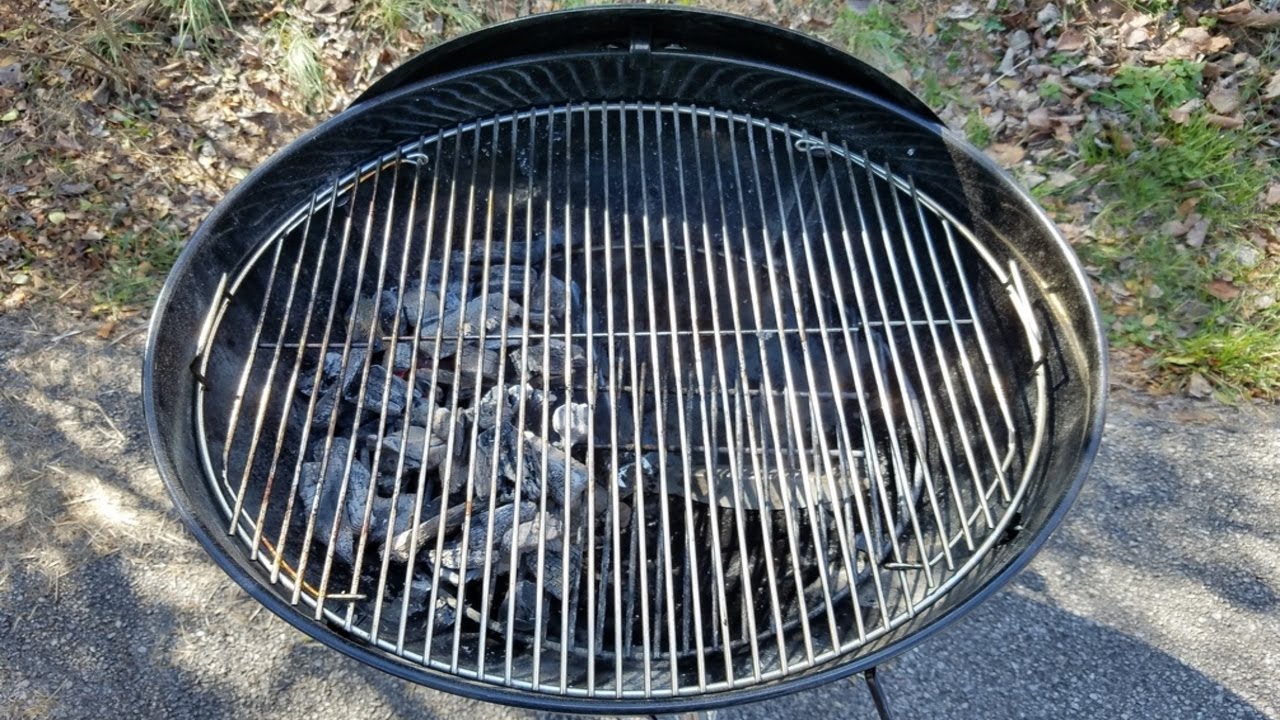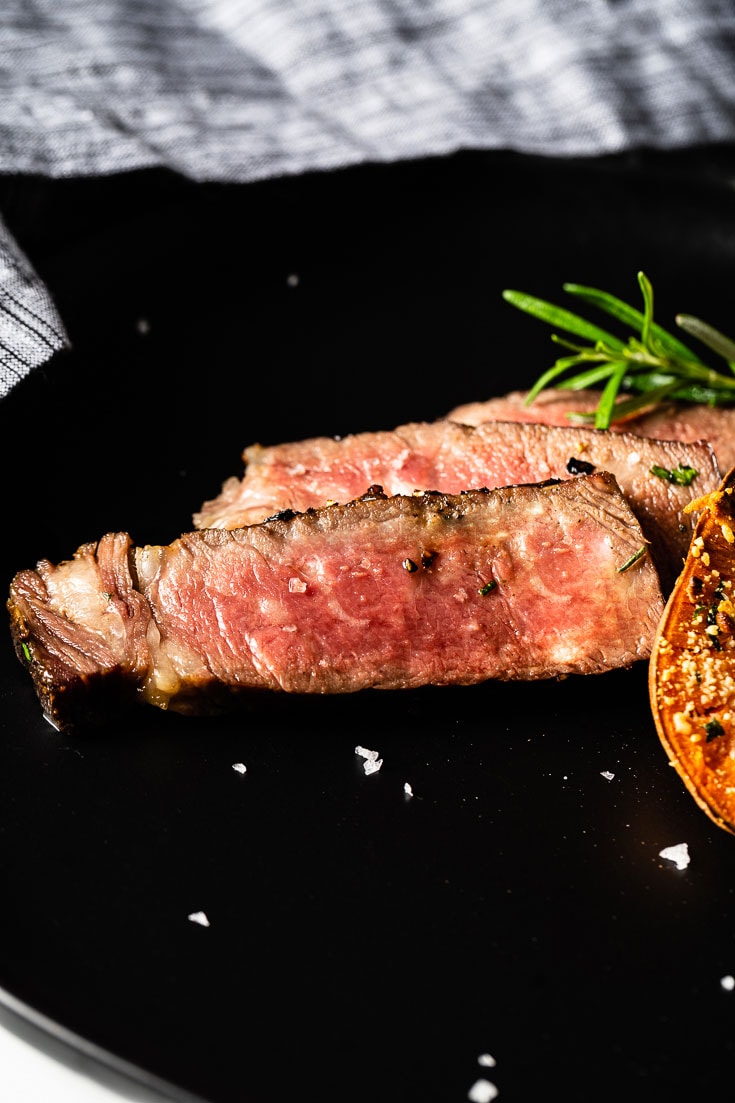
Cook your food on coals for maximum heat. A charcoal grill with wide open vents will produce a higher heat. You have enough oxygen flowing through if your flames are bright. If your flames are low, there is not enough oxygen. If you find that your food is being cooked too fast, it is time to close the vents. Higher heat equals higher flames If the flames are low, you are using too little charcoal.
Ventilation
An intake vent is an accessory that can be used to cook with charcoal grills. This device supplies oxygen to the combustibles. This is the source of "fuel" for the grill. The more open the vent is, the more oxygen can enter the grill and therefore raise the temperature. A key part of controlling the temperature is controlling the oxygen level.
The main method of controlling the temperature is to use the charcoal grill’s intake vent. Look for two arrow marks near the vent. If the arrows point to half-open, the vent is open. The top lid holds the exhaust dampers as well as oxygen. You can regulate the fire's temperature and intensity by closing and opening them. The vents are more open, so the fire will heat up faster.
The charcoal grill vents should always be opened. If the vents are left open, charcoal will burn faster and be hotter. The grill's internal temperature can be reduced and smoke production decreased by closing the vents. The bottom vent should be opened, and the top one should be closed. If you are noticing too much smoke, close the bottom vent. If it doesn’t, you can always close the vent halfway or fully.
The outtake vent is another component that you should consider. The outtake ventilation pulls oxygen from air and is different to the intake vent. Properly venting charcoal and wood fires will prevent them from smothering the fire. It is best to adjust your intake vent before you begin cooking in order to get the right temperature. For beginners, you can start at the intake vent and work up.
Exhaust vent
The exhaust vent of a charcoal grill regulates the amount air allowed to enter the cooking area. Partially or fully open vents allow for more oxygen to reach the cooking area. This results in a hotter flame. Vents that are closed will allow less oxygen to the cooking area. This can lead to a smaller fire and a starved fire. When controlling exhaust vents, there are many things to consider.
An exhaust vent for a charcoal grill balances the oxygen in its bottom chamber with that in its top chamber. To cook the perfect hamburger, you need to have control over both fuels. Charcoal grill exhaust ventilators, sometimes called dampers or chimneys, allow for direct temperature control. Proper use of the vent can improve the taste of your food and keep it juicy and tender.
The exhaust vent is the most crucial part of a charcoal barbecue. The charcoal should be cooked directly over the fire. This will ensure that you get maximum heat. If you prefer to control the temperature of your food, however, the 2-zone method is a good option. By cooking in sections, the 2-zone method allows you to move your food around. The top vent can be opened to regulate the flame if you don't have the time to move the food around.
The intake damper, which is the second piece of a charcoal grill's exhaust vent, is located at the bottom. This vent sits on the bottom of the grill. Charcoal and wood require oxygen to burn, and opening it reduces the amount of oxygen needed. The intake damper can be found on the bottom or side of the grill. If the vent is not closed, the fire can reach higher temperatures than the other. You can also heat the fire faster and cook more food by removing the lid.
Intake damper

Charcoal grills let air in through an intake port. As heat rises, oxygen enters the grill. A functioning charcoal grill intake damer opens the grill to air. An open intake damper allows for more oxygen to the grill. Closed vents restrict oxygen. Too much air can make coals too hot and cause food to burn. The coals will die if the damper is closed.
Vents and dampers, also called intake and exit vents, are basically the same thing. A charcoal grill's lower section has an intake damper, and the top has an exhaust vent. A charcoal grill's intake and exhaust vents are positioned to draw in oxygen as fuel. The vents should be open so that you can cook your food to the desired temperature. You will get more smoke from a charcoal grill that is hot.
To increase or decrease the temperature, you can adjust the charcoal grill intake damper. The vents are more open, which allows more oxygen to enter. Grills that have less air will be cooler. Two dampers are found on most charcoal grills: one in the lid and one in the bottom bowl. The damper affects the temperature of charcoal grills, so make sure to leave it open for the best smoke flavor. When adjusting the intake damper, keep in mind that the charcoal grill intake damper will take up to 10-20 minutes to settle.
The charcoal grill intake damper prevents the fire spreading beyond control. The charcoal will burn to ashes if it is not covered. The best way to set up a charcoal grill is by closing the vents. They prevent drafts, smother fires and regulate the temperature. This is also called a "fire triangle", and it is used to control the temperature of the grill.
Clean the grill grates when they are still warm
It is much easier to clean grates on a grill while they are warm than to use chemicals or other metal tools. The first step in cleaning your grill grates is to soak them in a solution of two cups of vinegar and one cup of baking soda. Allow the mixture to rest for at least an hour before cleaning the grates with steel wool, a scouring pad, or a sponge. This method is safer than chemical solutions and works better.
After every cooking session, you should clean your grill grates. Clean the grates with a high-quality stainless metal brush. You can also use the built-in scraper or a separate scraper to get rid of any food that isn't quite right. You can remove the bristles from your brush if they become loose. After you have cleaned and dried the grates, rinse them thoroughly.
Cast-iron grates should be washed with soap and water. If the grates have a heavy buildup of grease, it could cause them to lose their non-stick properties. To keep your grates looking fresh, you must thoroughly clean them. Porcelain grill grates should also be cleaned with soap and water. To prevent rusting, you may use vegetable oil in place of a cleaning solution.
Aluminum foil can be used to scrub grill grates. The aluminum foil can be rolled into a circular shape that you can use with tongs. Remove the bits of food that have stuck to the grill grates with the help of a brush. Make sure to allow the grill to cool down before wiping it down. This will make sure that your grill is clean. A charcoal grill can be left on after cooking for a few seconds.
Examining the vents

The charcoal grill's ventilations regulate the temperature and amount of oxygen that is emitted from the charcoal. How to use the vents properly will make charcoal grilling easier. You'll be better able to control temperature and flavor. To prevent fire, close all vents after you are done with cooking. After cooling down, store the grill.
It is quite common for charcoal grills' lids to become rusty after heavy rain has fallen. This rust can prevent the vent from being open and allow oxygen to enter the grill. This can lead either to a partially cooked meal or semi burned charcoal. For a charcoal grill to function properly, its vents must be functioning correctly. Make sure to inspect them often so that they don't become clogged and you have a more enjoyable cooking experience.
A vent's role is to regulate the amount of oxygen that enters the grill and how much oxygen escapes. The bottom vent is more important if you're cooking in the winter when there's less oxygen and the food will cook faster. Temperature regulation is the purpose of a vent. If the vent is not functioning, an aluminum pan with similar effects can be used. In this case, it won't affect the temperature as much as water, but will still help you cook more food.
The top vent is also called the exhaust damper. Properly using the damper for charcoal grilling is vital. The damper should be kept closed tightly to avoid excessive heat and smoke. For the best smoke flavor, it is important to set the settings correctly. The vent damper should also be adjusted to match the type of food being prepared. It is also important to consider the type of charcoal grill that you use.
FAQ
How Long Does it Take to Become a Chef? What is the average career track?
Becoming a chef takes approximately five years. You will be able to learn basic cooking techniques as well as gain practical experience working in a kitchen. After your training is complete, you will be eligible to apply for a job as a sous chef, executive chef, or line cook. The average annual salary for a professional chef is between $25,000 and $60,000
How can I get hired for my job as a cook
You can get a job as a cook through word of mouth. Your friends and family members might know of a restaurant that needs additional staff. Restaurants often post openings on websites and bulletin boards.
How can I be motivated to cook?
It's fun to cook for your friends and family. However, cooking for yourself is much easier than cooking for others. If you want to be motivated to cook, try making something new. You'll learn new techniques, and you'll be inspired to cook. To expand your culinary skills, you can also make use of recipes from other cultures.
Statistics
- In the United States, the category is estimated at $23.2 billion annually and is growing faster than the market. (washingtonpost.com)
- You'll be amazed that over 90% of CIA students receive scholarships and grants to finish their culinary studies. (ischoolconnect.com)
- According to the BLS, chefs earn $58,740 a year. (learnhowtobecome.org)
External Links
How To
How to make a perfect Omelette
Omelets are one of my favorite foods to eat at breakfast. But how do they turn out so perfectly? I have tried many different recipes and methods, but none of them work. So I wanted to share some tips and tricks so that you can make delicious, fluffy omelets every morn.
We should first know that eggs are very temperamental ingredients when making omelets. Eggs must be purchased fresh, preferably organic, and kept chilled until ready for cooking. The yolks and whites will not form properly if they aren't kept cold enough. Your omelets will look strangely colored if this happens. If you want to make omelets right away, it's best not to use eggs that are too cold.
You can also separate the egg before you add it to the pan. It is important not to allow any white to mix with the yolk as this could lead to the omelet becoming curdled.
You might burn the bottom of the egg if you place the egg directly on the stovetop. This could ruin the texture of your omelet. Instead, heat the egg for 10 seconds in the microwave before placing it in the pan. The microwave heat will cook the egg just right without making it too hot.
Next, let's talk about mixing the eggs. You want to mix the eggs thoroughly before you add them. Turn the bowl upside down and grab the whisk to do this. Next, shake the bowl vigorously. The egg will be thoroughly mixed in the bowl as the air is whipped.
Now comes the fun part - pouring the milk into the mixture. Mix half of the milk with the eggs. Then fold the eggs in half into the remaining milk. You don't need to worry if streaks remain. They will disappear once you flip your omelet.
After you have done folding the eggs, heat the pan on medium heat. The oil will start to smoke. Once the oil has gotten hot, add 1/4 cup of butter and swirl it around so that the entire pan is coated. Carefully open the pan's lid and add salt to the pan. A pinch of salt will help prevent the omelet from sticking to the pan.
Cover the pan once the omelet is formed and allow it to cool completely. Flip the omelet by using a spatula. Cook the other side for about a minute. Remove the omelet from the pan and serve immediately.
This recipe works best with whole milk, but skimmed milk also works.